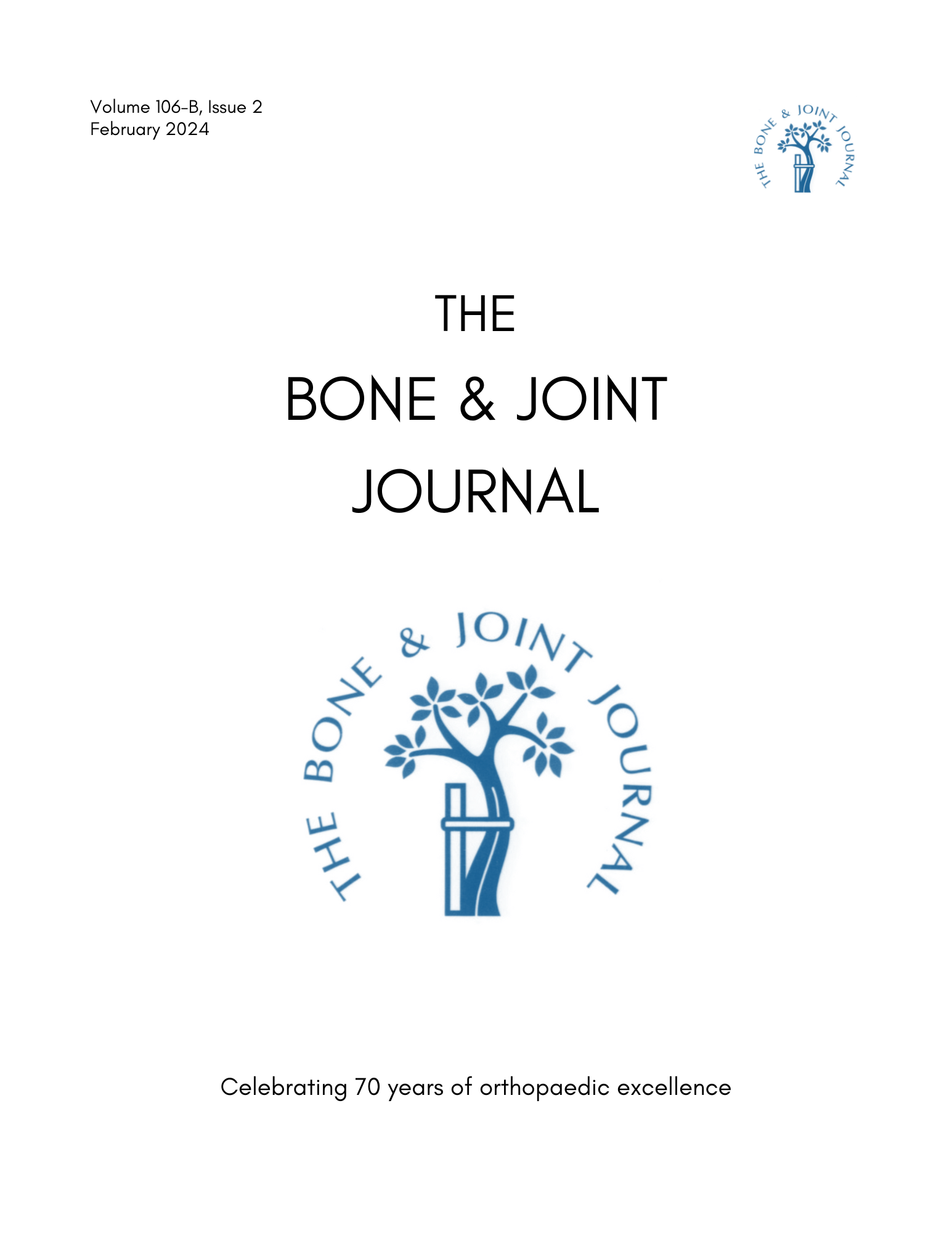
Low-intensity pulsed ultrasound not cost-effective following IM nailing of fresh tibial fracture

Low-intensity pulsed ultrasound not cost-effective following IM nailing of fresh tibial fracture
Low-intensity pulsed ultrasound for treatment of tibial fractures: an economic evaluation of the TRUST study
Bone Joint J. 2017 Nov;99-B(11):1526-1532Did you know you're eligible to earn 0.5 CME credits for reading this report? Click Here
Synopsis
501 patients who had undergone intramedullary nail fixation for a fresh tibial fracture were randomized to either active low-intensity pulsed ultrasound (LIPUS) or sham LIPUS. Groups were compared for quality-adjusted life-years, based on the Health Utility Index Mark-3 (HUI-3), costs in 2015 Canadian dollars associated with treatment, and a cost-utility analysis was performed. Active LIPUS demonstrated significantly greater costs compared to the sham group, with no significant difference in QALYs. Incremental cost-effectiveness ratios (ICER) ranged from $146,006/QALY gained to $155,443/QALY gained with the use of LIPUS, and cost-effectiveness acceptability curves (CEAC) estimated 1% likelihood of LIPUS being cost-effective at a willingness-to-pay threshold of $50,000 from a payer perspective.
Was the allocation sequence adequately generated?
Was allocation adequately concealed?
Blinding Treatment Providers: Was knowledge of the allocated interventions adequately prevented?
Blinding Outcome Assessors: Was knowledge of the allocated interventions adequately prevented?
Blinding Patients: Was knowledge of the allocated interventions adequately prevented?
Was loss to follow-up (missing outcome data) infrequent?
Are reports of the study free of suggestion of selective outcome reporting?
Were outcomes objective, patient-important and assessed in a manner to limit bias (ie. duplicate assessors, Independent assessors)?
Was the sample size sufficiently large to assure a balance of prognosis and sufficiently large number of outcome events?
Was investigator expertise/experience with both treatment and control techniques likely the same (ie.were criteria for surgeon participation/expertise provided)?
Yes = 1
Uncertain = 0.5
Not Relevant = 0
No = 0
The Reporting Criteria Assessment evaluates the transparency with which authors report the methodological and trial characteristics of the trial within the publication. The assessment is divided into five categories which are presented below.
4/4
Randomization
4/4
Outcome Measurements
4/4
Inclusion / Exclusion
4/4
Therapy Description
4/5
Statistics
Detsky AS, Naylor CD, O'Rourke K, McGeer AJ, L'Abbé KA. J Clin Epidemiol. 1992;45:255-65
The Fragility Index is a tool that aids in the interpretation of significant findings, providing a measure of strength for a result. The Fragility Index represents the number of consecutive events that need to be added to a dichotomous outcome to make the finding no longer significant. A small number represents a weaker finding and a large number represents a stronger finding.
Why was this study needed now?
Low-intensity pulsed ultrasound (LIPUS) is currently used as an intervention to reduce time to fracture healing and decrease the risk of nonunion. However, high-quality evidence in support of these benefits has been inconsistent, and most recent evidence has pointed to similar outcomes with and without LIPUS treatment. A cost-utility analysis, performed alongside a large randomized controlled trial (The Trial to Re-evaluate Ultrasound in the Treatment of Tibial Fractures [TRUST]) was thus needed.
What was the principal research question?
Is the use of LIPUS following operative management of a fresh tibial fracture cost-effective, as measured by incremental cost-effectiveness ratio and against willingness-to-pay thresholds of either $50,000 and $100,000?
What were the important findings?
- Total cost from a payer perspective (ie. not including wage loss) was significantly higher in the LIPUS group ($5656 [95%CI 5389-5923]) compared to the placebo group ($2009 [95%CI 1680-2338]) (p<0.001). Total cost from a societal perspective was also significantly higher in the LIPUS group ($13901[95%CI 12616-15186]) compared to the placebo group ($10475 [95%CI 9128-11823]) (p<0.001).
- Total QALYs gained did not significantly differ between the LIPUS group (0.686 [95%CI 0.666-0.705]) and the placebo group (0.662 [95%CI 0.639-0.685]) (p=0.47).
- From a payer perspective, ICER was $155,443/QALY gained. From a societal perspective, ICER was $146,006/QALY gained.
- From a payer perspective, CEAC demonstrated a 1% probability of LIPUS being cost-effective at a willingness-to-pay threshold of $50,000 and a 23% chance of being cost-effective at a willingness-to-pay threshold of $100,000.
- From a societal perspective, CEAC demonstrated a 5% probability of being cost-effective at a willingness-to-pay threshold of $50,000 and a 31% chance of being cost-effective at a willingness-to-pay threshold of $100,000.
What should I remember most?
Following intramedullary nailing of a tibial fracture, low-intensity pulsed ultrasound did not appear to be cost-effective when compared to sham LIPUS.
How will this affect the care of my patients?
The results of this study suggest that routinely prescribing LIPUS use following intramedullary nail fixation of a fresh tibial fracture is unlikely to be a cost-effective practice.
Learn about our AI Driven
High Impact Search Feature
Our AI driven High Impact metric calculates the impact an article will have by considering both the publishing journal and the content of the article itself. Built using the latest advances in natural language processing, OE High Impact predicts an article’s future number of citations better than impact factor alone.
Continue



 LOGIN
LOGIN

Join the Conversation
Please Login or Join to leave comments.
Orthopaedic Surgeon - Canada
confirmation !!!
Orthopaedic Surgeon - Canada
Peu d'.conomie
Orthopaedic Surgeon - Canada
What will be the next totally useless modality they the industry tries to implement and charge a whole bunch of money for?